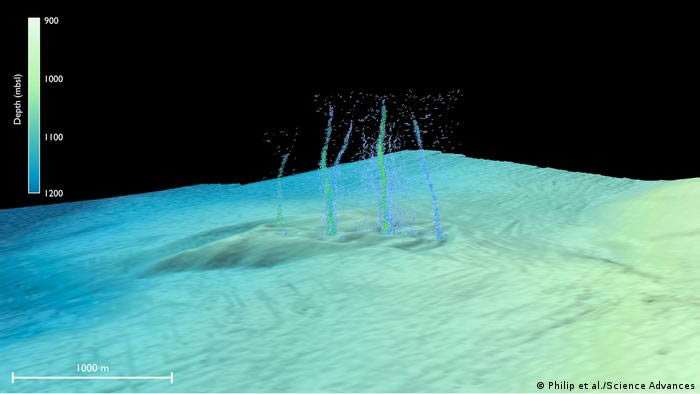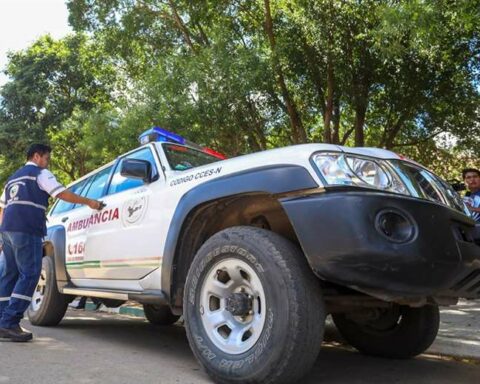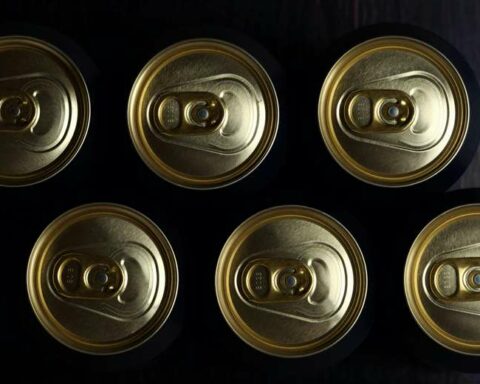April 18, 2023, 20:50 PM
April 18, 2023, 20:50 PM
Scientists have found a leak at the bottom of the ocean near Oregon, off the Pacific coasts of the United States and Canada, from which a strange hot liquid is escaping that could give clues to seismic activity in the Pacific Northwest. eventually, according to the researchers, it could help trigger a major earthquake.
In a University of Washington news release, the researchers claimed that the hole in the seafloor off the Oregon coast, dubbed the Pythia Oasis, sits exactly on top of the Cascadia subduction zone fault, an eerily quiet marine fault line that stretches from Vancouver Island off Canada’s west coast to northern California, threatening to trigger a magnitude 9 earthquake in the Pacific Northwest, and which scientists say is still containing many mysteries.
The discovery of the leak came after a ship’s sonar showed unexpected plumes of bubbles about three-quarters of a mile below the ocean surface. A subsequent exploration with an underwater robot revealed that the bubbles were just a minor component of a hot and chemically distinct fluid that bubbled up from the sediment on the seafloor, the statement said.
For the researchers, it was curious that the hole is leaking water into the ocean, and not into the subsoil.
“They explored in that direction and what they saw was not just methane bubbles, but water coming out of the seafloor like a fire hose. It’s something I’ve never seen and to my knowledge hasn’t been observed before,” he says. Evan Solomon, study co-author and a UW associate professor of oceanography who studies the geology of the seafloor.
tectonic lubricant
A more comprehensive study, published Science Advances, The scientists found that the liquid, which contained “extreme” amounts of boron and lithium but noticeably less chloride, potassium and magnesium, may be a kind of tectonic lubricant – and without it, the plate it sits on could be in jeopardy. to move abruptly.
Subsequent expeditions revealed that the strange fluid shooting out of the hole is 9°C hotter than the surrounding water, and according to the team’s calculations, this suggests that “the fluid is coming directly from the Cascadia megafault, where it estimates temperatures to be 150 to 250°C.”
“The loss of fluid from the offshore megafault interface through these slip faults is important,” the statement said, “because it decreases fluid pressure between sediment particles and therefore increases friction between the oceanic and continental plates.
Solomon, for his part, used a metaphor to explain the phenomenon: “The megaquake fault zone is like an air hockey table,” and “if the fluid pressure is high, it’s like the air igniting, which means there is less friction and the two plates can slide.”
“If the fluid pressure is lower, the two plates lock up,” he continued. “That’s when the tension can build up.”
“A Rare Window”
Although no other similar leaks have been detected to date, researchers suspect that others may exist in the vicinity. If it’s a common feature, perhaps they can provide scientists with information about tectonic activity and even earthquake risk.
“The Pythia Oasis provides a rare window into processes at work deep below the seafloor, and its chemistry suggests that this fluid is coming from near the plate boundary,” added Deborah Kelley, study co-author and Professor of Oceanography. from the University of Washington.
“This suggests that nearby faults regulate fluid pressure and megathrust slip behavior along the central Cascadia subduction zone,” he added.








